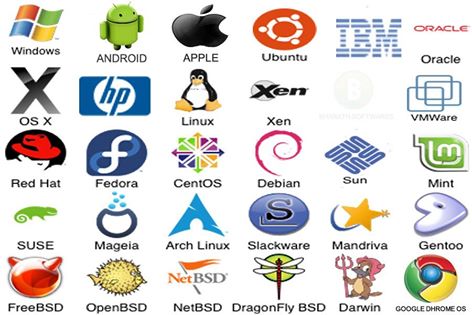Programming languages are structured based on different types of expressions and rules of logic schemes that can generate different systems used for tasks that meet the needs of users. Currently, the continued development of these languages are aimed at different types of requirements. However, this plurality can be divided into two major groups recognized, structured programming Languages and object-oriented languages.
A computer, despite being very useful for everyone perform complex calculations at high speed. It would be totally useless if it were not for own programming languages that run on it. Among the various programs and programming languages that exist, the operating system is perhaps the most important.
Programming languages:



Structured Programming: In the first case the language is a set of instructions and orders as well as in a set of rules implementing them; propositional logic plays a fundamental role in all operations and logical relationships.
object-oriented: There is an intention to reflect different language in the circumstances of the actual existence; well, reference objects, classes, inheritance, attributes will, etc.
Other divisions:
Cast: language targeting by another program,
Compilers: language using a compiler, creating an executable file or exe.
Have at least the knowledge of one or more programming languages support the knower develop problem solving skills that require method and data structuring. Moreover, storage capacity and automation come accordingly.
<
p lang=”en”>Previously the relevance of having a server in the machine rooms. In small companies keep, to sharing files, software and printers. Today, due to increase of business, products to sell, technology, more departments, competition and social networks, the server becomes something very important in the companies.
The server keep focus on:

1) enable services to an organization or company, which means the generation of multiple scenarios such as security, remote access users, employees, financial management, databases, web sites for customers and employees, services integrated clouds, among others.
Cost
2) cost reduction by integrating different technologies existing in the company or enterprise networks. The control of information and its interface with customers at different levels, thus preventing data loss.
Migration
3) An updated platform solves connectivity problems. Some options may allow to migrate to the cloud using services like Microsoft Azure. In other scenarios a migration to Windows Server 2012 will be the best alternative for many large companies.
The recommendation of the servers must be unique for each company. Further, the great advantage using Microsoft, is that each company can design its structure on its own terms. Ie, to use the best of the Windows Server platform. It begin to extend some services to the cloud when necessary. Besides, it integrate with their local devices. The Microsoft Windows Server 2012 is an Operation System that many recommend.
I hope you have enjoyed this article
Cheers
Julian





